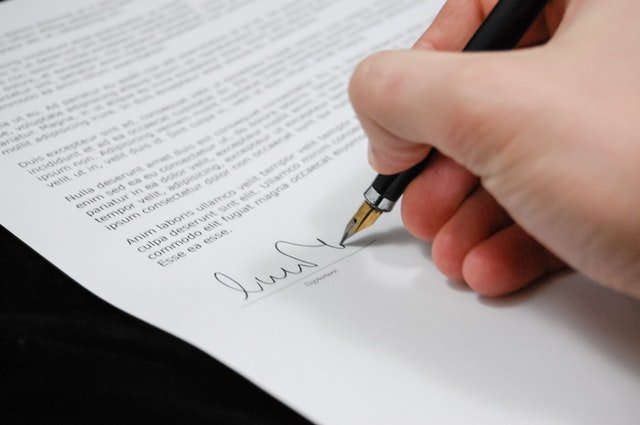How Do You Draft a Lease Agreement?
As a new landlord, you might find it hard to draft a comprehensive lease agreement that covers all the bases in a landlord-tenant relationship. Some new landlords rely on the Internet. Several sites offer template lease agreements for one to use. While they’re an easy and quick alternative, they’re not the ideal. For starters, these templates don’t take into account local ordinances and State laws. Remember, a lease agreement must comply with these laws. Secondly, the templates don’t consider the unique amenities of your property. To protect your interests, a lease agreement must touch on every single issue regarding your rental property. The ideal way of sourcing a lease agreement is to rely on a reputable and experienced property professional in your neighborhood. They’ll be able to draft a tailor-made agreement that considers the applicable local laws.
In addition, they can visit your premises and advise on how particular issues on the property should be handled.
The ideal way of sourcing a lease agreement is to rely on a reputable and experienced property professional in your neighborhood. They’ll be able to draft a tailor-made agreement that considers the applicable local laws.
In addition, they can visit your premises and advise on how particular issues on the property should be handled.
Importance of a Lease Agreement
From our experience as property experts, we’ve been approached by property owners who have leased their properties with only verbal agreements in place. This opens up the agreement to interpretations. Should there be any conflict, it might be a matter of ‘he said, she said’. The verbal agreement might not hold up in a court of law. Running a well-maintained and quality rental property is a lot of work. To have peace of mind, a lease agreement guides your tenant on what they should do should an issue arise. A solid lease agreement prevents repeated inquiries, especially if you have multiple tenants on the property. A lease agreement also provides the duration of the tenant’s occupation of the premises. It would be stipulated that the tenant is the occupier of the unit for a certain period unless you’re using a month-to-month lease.Contents of a Lease Agreement
What should a solid lease agreement contain?- The names of the parties involved: The lease agreement should contain the real names of the landlord and the tenant(s). Make sure you request their identification to ascertain their real names.

- The property address and details: A lease agreement should detail the specific property being leased by the tenant. If you have a multi-unit property, mention which floor the property is on, the door number, and if possible, mention the lettable area.
- Rent terms: Be specific on the amount that is to be paid and the frequency. You should also detail when the rent is expected due and the means through which it should be paid. There should also be a provision for a rental review in a long-term tenancy agreement.
- Duration of the lease: Address how long the tenant will reside on the premises. Be specific by using dates, reducing any possible ambiguity. In addition, avoid a scenario whereby a tenant stays on the premises past the date listed on the lease agreement.
- Signatures: A lease agreement can only be considered binding when it has the signatures of all concerned parties. The signatures imply that both parties have consented to the conditions stated in the agreement.
Important Clauses in a Lease Agreement
Subletting
Subletting is where you allow the tenant to lease the property to another tenant known as a sub-tenant. The sub-tenant will still follow the building regulations and rules set in the main lease agreement, however, you’ll have to cede some control as you may not have the same level of oversight. Should you decide to sublet, make sure that the tenant receives a written and signed authorization letter from you.
Should you decide to sublet, make sure that the tenant receives a written and signed authorization letter from you.

